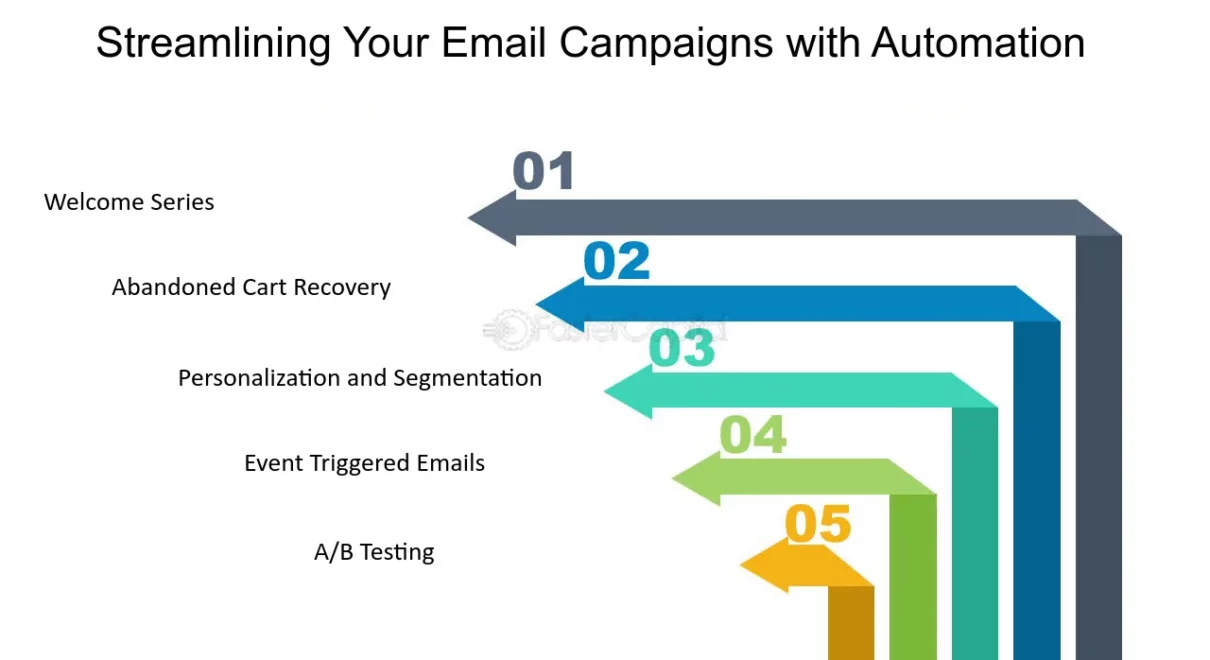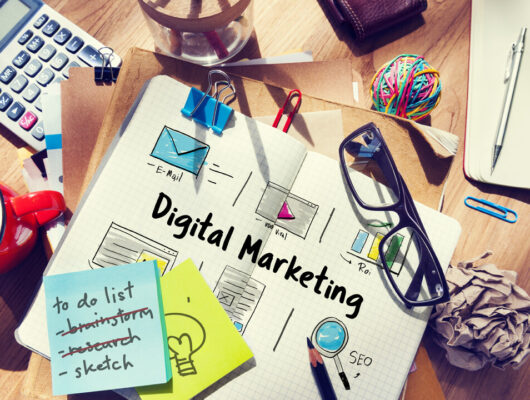In today’s digital age, email remains a potent and indispensable tool for communication and marketing.
However, managing email campaigns manually can be time-consuming and often inefficient. This is where email automation comes into play.
Email automation is a powerful strategy that allows businesses and organizations to streamline their email marketing efforts, improve efficiency, and enhance customer engagement.
In this article, we’ll explore the concept of email automation, its benefits, best practices, and the tools available to make it work for your business.
Understanding Email Automation
Email automation involves the use of automated workflows to send targeted and personalized email messages to your subscribers or customers.
These workflows are triggered by specific criteria or actions, making it possible to send the right message to the right people at the right time.
Whether you’re running an e-commerce store, a nonprofit organization, or a B2B service, email automation can be tailored to suit your specific needs.
The Benefits of Email Automation
- Improved Efficiency and Time Savings: One of the primary benefits of email automation is the time it saves. Instead of manually sending out individual emails, you can set up automation rules that handle the process for you. This frees up your time to focus on other important aspects of your business.
- Enhanced Personalization: Automated emails can be highly personalized. You can segment your email list based on various criteria, such as demographics, purchase history, or browsing behavior, and send targeted messages that resonate with each segment. Personalization boosts engagement and conversion rates.
- Increased Conversion Rates and Revenue: Email automation allows you to send relevant messages to your audience at critical points in their customer journey. Whether it’s a welcome email for new subscribers or a cart abandonment reminder, these automated messages can significantly boost conversion rates and revenue.
- Consistent and Timely Communication: With email automation, you can ensure that your subscribers receive consistent and timely communication. This consistency helps build trust and keep your brand top-of-mind.
Types of Automated Emails
There are various types of automated emails you can implement in your email marketing strategy:
- Welcome Emails: Send a warm welcome to new subscribers and introduce them to your brand.
- Abandoned Cart Emails: Remind customers about items left in their shopping carts and encourage them to complete the purchase.
- Drip Campaigns: Create a series of emails that nurture leads over time, gradually guiding them through the sales funnel.
- Product Recommendations: Based on customer behavior and preferences, suggest products that may interest them.
- Event-Triggered Emails: Send emails in response to specific customer actions, such as making a purchase or signing up for a webinar.
Email Automation Tools
To implement email automation effectively, you’ll need the right tools. Several email marketing platforms offer robust automation features, such as:
- Mailchimp: Known for its user-friendly interface and automation capabilities, Mailchimp is a popular choice for businesses of all sizes.
- HubSpot: A comprehensive marketing automation platform that provides powerful email automation tools along with customer relationship management (CRM) features.
- Active Campaign: Known for its advanced automation and email marketing features, Active Campaign is ideal for businesses looking to create complex automation workflows.
Best Practices for Email Automation
To get the most out of your email automation strategy, consider the following best practices:
- Segmentation and Targeting: Segment your email list based on relevant criteria to send personalized content.
- A/B Testing: Experiment with different email subject lines, content, and designs to optimize your campaigns.
- Monitoring and Analyzing Performance: Regularly track key metrics such as open rates, click-through rates, and conversion rates to refine your automation workflows.
Examples and Case Studies
Here are a few real-world examples of businesses that have benefited from email automation:
- E-commerce Success: An online clothing store implemented cart abandonment emails and witnessed a 15% increase in sales.
- Nonprofit Engagement: A nonprofit organization used email automation to send personalized donation appeals and saw a 20% increase in contributions.
- B2B Lead Nurturing: A B2B company created a drip campaign for lead nurturing, resulting in a 30% increase in qualified leads.
In conclusion, email automation is a game-changer for businesses looking to optimize their email marketing efforts.
It not only saves time and resources but also enhances engagement and drives better results. By understanding the benefits, implementing best practices, and using the right tools, you can take full advantage of email automation to boost your communication and drive success in your marketing campaigns.






